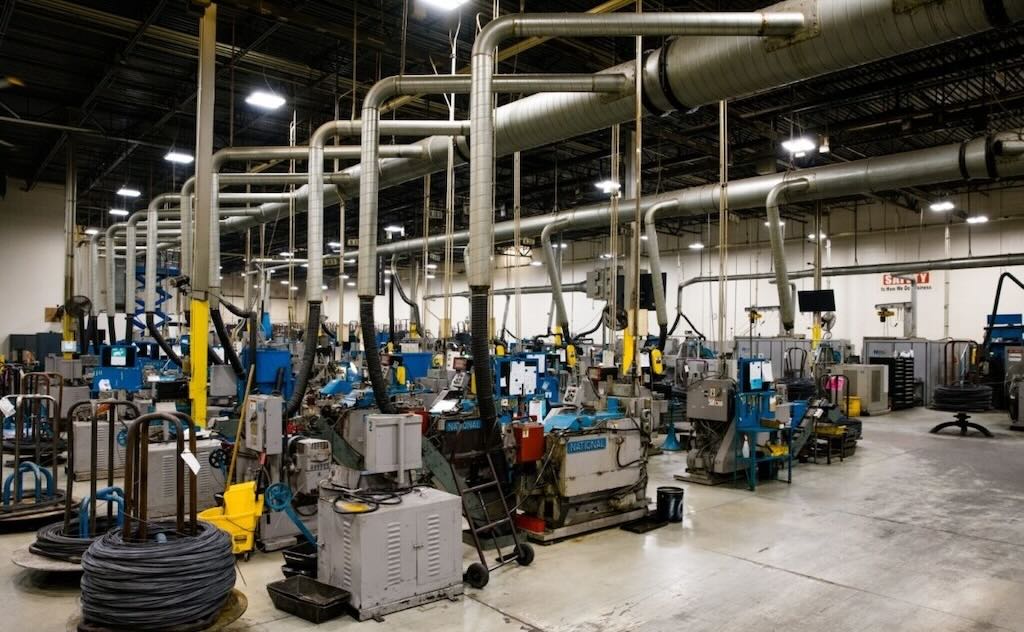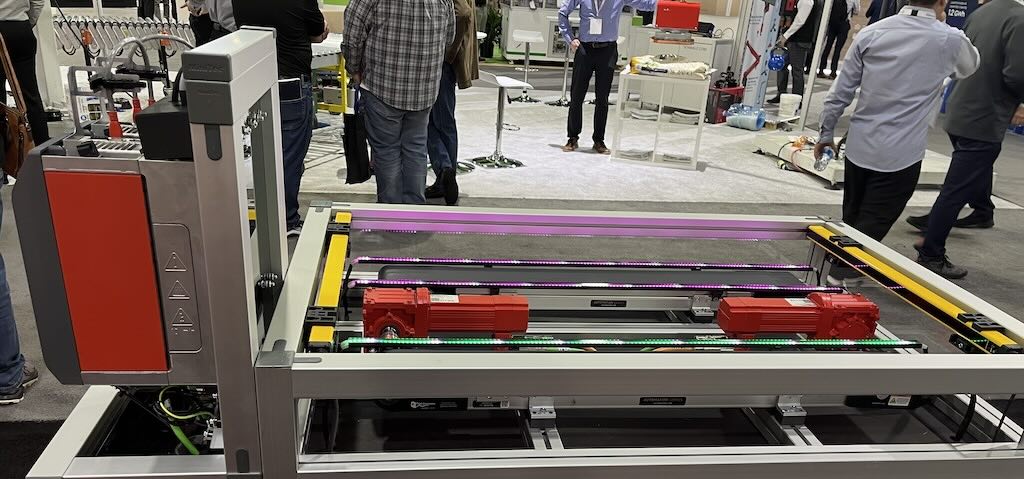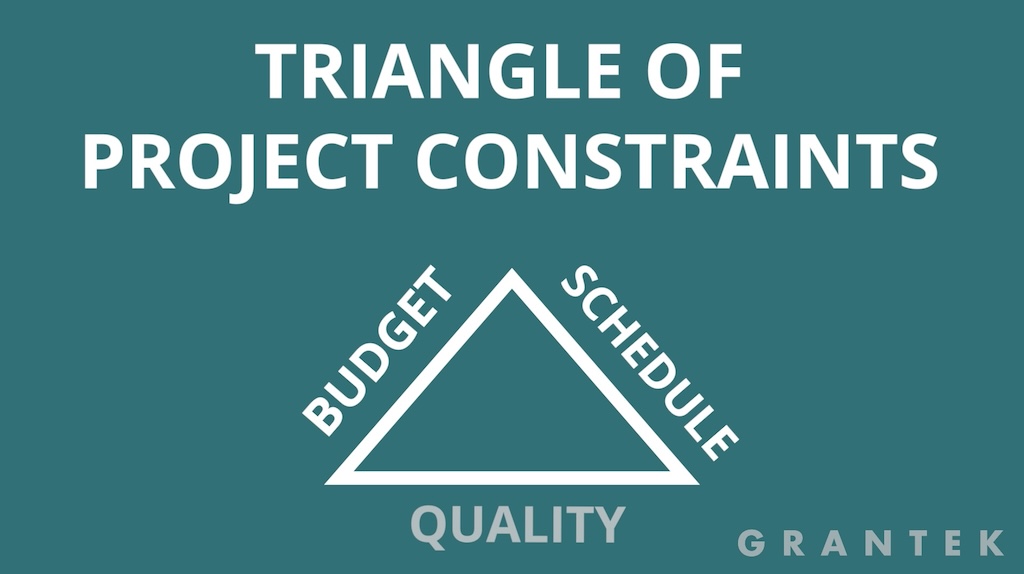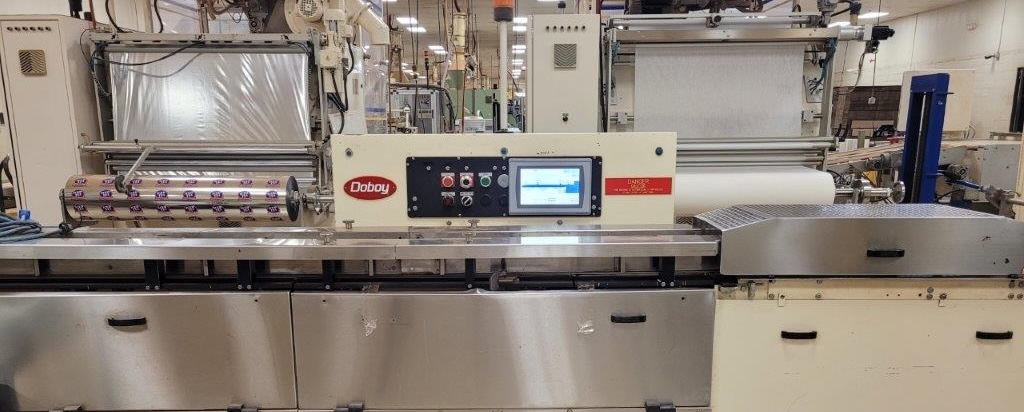A 50% tariff on steel and aluminum will leave some manufacturers scrambling to source the metals.
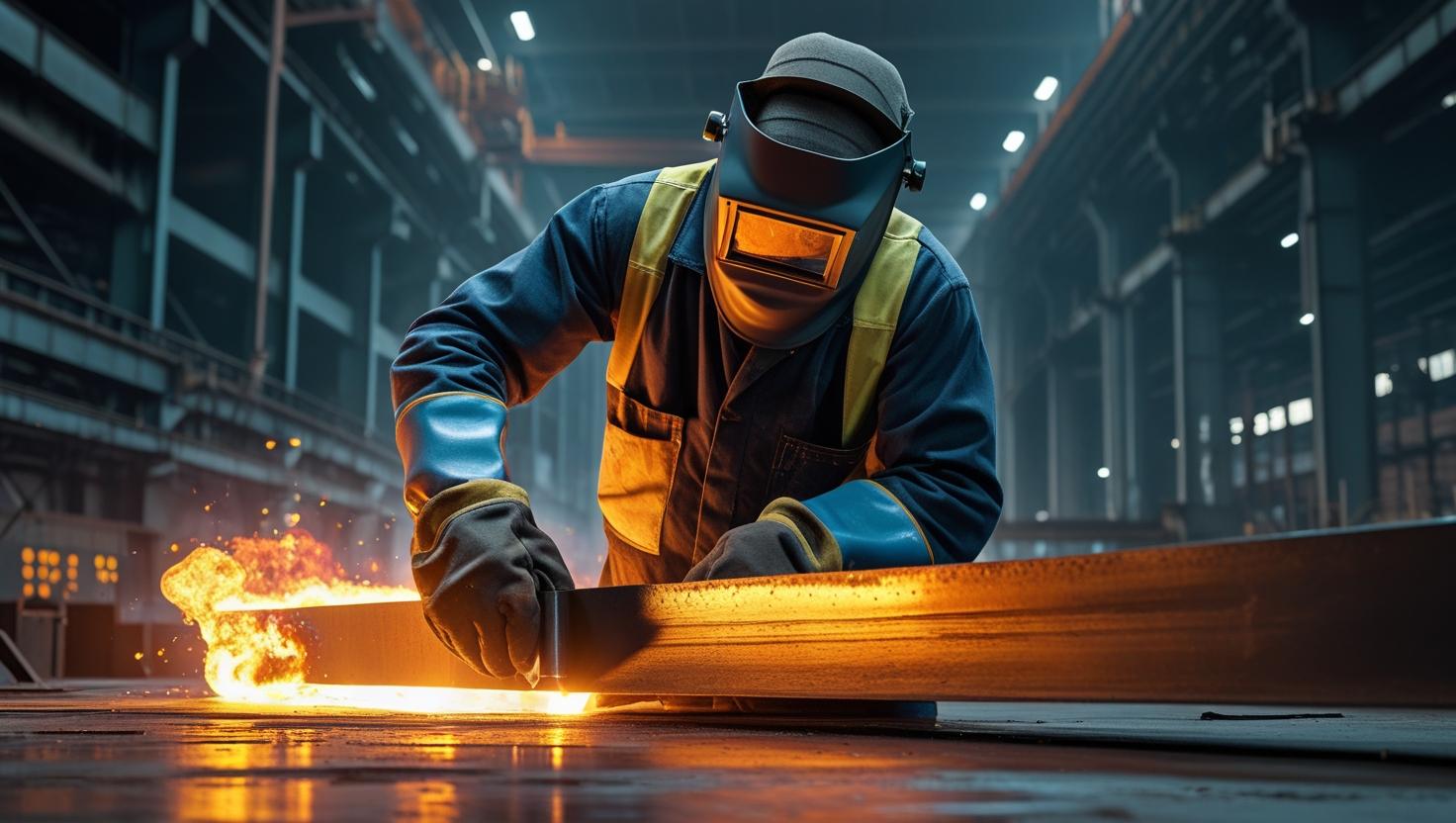
President Donald Trump raised tariffs on imported steel and aluminum to 50% earlier this week, and the news could have a significant impact on manufacturers as they scramble to source the metals.
This is an across-the-board 50% tariff excluding the United Kingdom. The move, which comes just months after Trump’s 25% tariff on steel and aluminum went into effect, is intended to encourage manufacturers to buy raw materials from U.S. producers.
Gene Marks, an accountant and columnist for The Guardian, told Plant Engineering that the problem is supply shortages, even from the U.S. steel and aluminum producers, will still drive up prices.
“Really, it’s a tough spot for people buying steel and aluminum,” Marks said. “You’ve got to move fast.”
Sourcing options exist – but move fast
One solution for manufacturers could be to source their metals from the U.K., which is excluded from the tariffs, Marks said. Buying domestic steel and aluminum is another option, but both require manufacturers to move quickly.
“You need to jump on that sooner rather than later, because with increased demand and limited supply, it will force up prices from domestic providers,” he said.
Nevin Barich, analyst for Industry Intelligence Inc., agrees that prices will likely rise and manufacturers are likely to face pressure on their profit margins.
“I can see several broad implications in regards to this tariff, including, but not limited to, input costs, pressure on profit margins, price increases for end products, competitive disadvantages, supply chain disruptions and reshuffling and potential job losses,” Barich told Plant Engineering.
Barich said the tariff could have a ripple effect.
“A 50% tariff on steel and aluminum imports can have significant ripple effects on both supply and pricing, even for U.S. producers. Ramifications could include price increases, supply tightening and domestic impact,” he said.
Other steel-sourcing options for manufacturers
For manufacturers seeking to source steel and aluminum without getting hit with the tariff costs, there are a couple of alternatives, Marks said.
Free trade zones and bonded warehouses are two alternatives that some manufacturers might not immediately think of, he said.
A free trade zone is a designated area within a country where businesses can import, store, manufacture and export goods with reduced tariffs. There are presently around 293 free trade zones in the United States.
Bonded warehouses are facilities in which goods, most often imported goods, are stored until they are released for distribution. In fact, since tariff talks began, Marks said he has seen an increase in logistics and warehouse companies applying to be bonded. The key to bonded warehouses in the current tariff environment is that companies can store goods free of tariffs until they’re taken out.
This requires a bit of hedging on the part of manufacturers.
“My clients are crossing their fingers this is not a permanent thing,” Marks said. “The president does have executive powers to impose tariffs on certain industries, so it’s not going away any time soon. Some negotiations will take place to reduce tariffs.”
And this is when the bonded warehouse strategy could prove useful. Manufacturers can wait out tariff negotiations so they won’t have to pay those high tariffs and can pay a smaller one once they remove their goods.
Barich said he thinks manufacturers looking to source steel and aluminum can adopt a mix of strategic sourcing, efficiency improvements and financial hedging.
A trick to raising prices
If manufacturers must raise prices, Marks suggests being strategic. They key is to increase prices on the right customers.
If a customer is easy to work with, pays on time and is a long-time partner, a company might decide to absorb the cost of the tariff. On the other hand, difficult customers who don’t pay on time might get hit with a higher cost.
And it’s important to itemize the tariff on invoices so customers will see the increased cost is due to the tariff. Adding the tariff as a line item also makes it easier to remove if the tariff changes.
It’s also important to think about margin dollars rather than percentages.
“It’s important to maintain margin dollars,” Marks said. “At least you’re covering your overhead. If there’s a 10% increase in steel, you don’t have to increase your prices 10%. It can be less as long as you’re maintaining your margin dollars.”
Are we heading for a supply chain disruption?
Could this 50% steel and aluminum tariff lead to a supply chain disruption? That remains to be seen.
Barich said he feels a supply chain disruption could occur.
“Tariffs on steel and aluminum can definitely cause supply chain disruptions, such as higher input costs, and have broader economic impacts, including trade tensions and retaliations,” Barich said.
Marks, on the other hand, disagrees.
“I don’t think it’s going to cause a supply chain disruption, but I do think it’s going to cause an overall economic global slowdown,” he said.
Marks said steel and aluminum prices will go up, but that doesn’t necessarily mean supply chains will be disrupted. Big picture, prices on consumer goods like cars, houses and other items that require steel and aluminum, will climb, and people will buy less. This means an economic slowdown is likely, he said.
